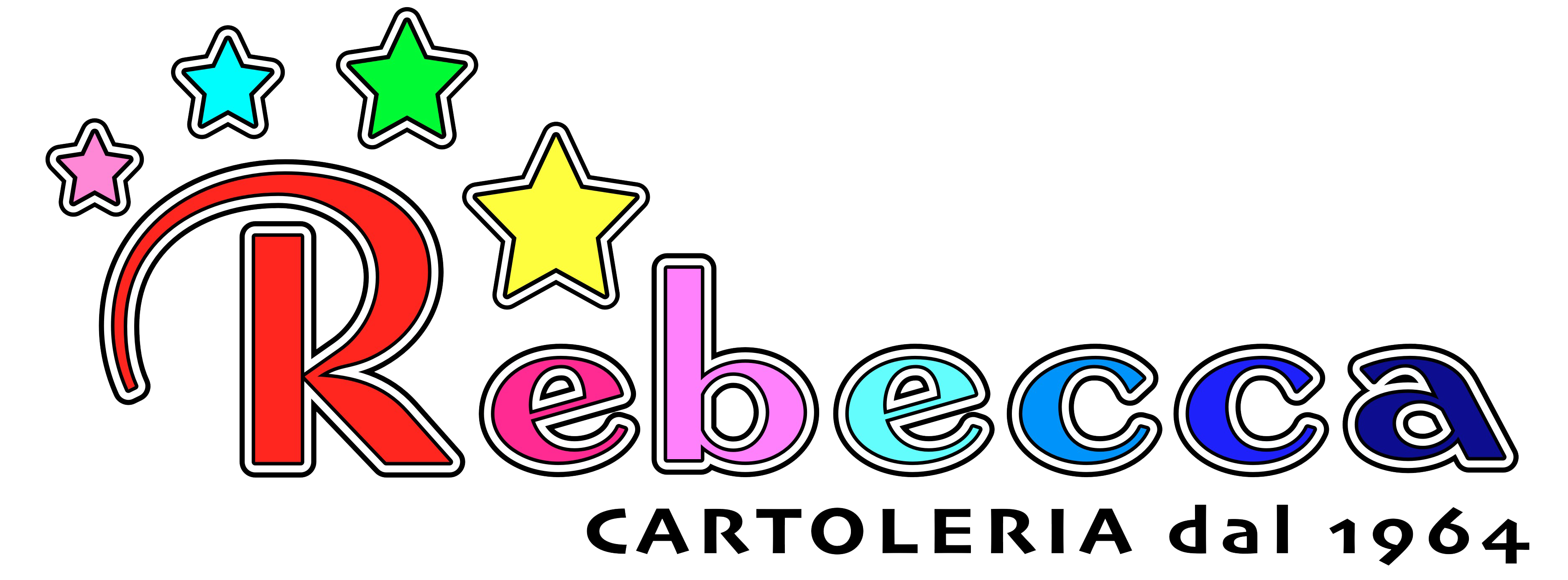Content
Additionally, with the various types of yoga and meditation available, the positive outcomes will vary. Yoga helps to connect inner energy and strength with a series of movements and poses. Through these sessions, the body is encouraged to create high levels of positive energy from within so that any adversity can be faced with the help of the now ever-present https://ecosoberhouse.com/ positive energy. One of the benefits of group therapy for addiction recovery is that it provides an opportunity for individuals to gain insight into their struggles by hearing from peers who have faced similar challenges. This sense of community can be constructive when individuals feel isolated or alone in their journey toward recovery.
- Tommy Rosen, a vinyasa flow and Kundalini Yoga teacher, is a leading authority on addiction and recovery, with 30 years of experience helping people overcome addictions of every kind.
- Finally, what kinds of patients, with what types(s) of addiction are most likely to benefit from yoga and mindfulness training?
- Are there gender differences in perceived credibility and/or treatment response?
- First, yoga helps regulate the nervous system by reducing stress hormones like cortisol and adrenaline.
- Each program integrates theory-driven models of addiction and methodologically rigorous science, with real-world practice implications for meditation and yoga as potential complementary therapies.
- There are no known, documented, long-term dangers in practicing Kundalini meditation.
Over
the years, SuperHealth developed into a systemized program with
customized treatment plans for behavioral addictions including stress,
substance abuse and other unhealthy habits and emotional disorders. It’s important to have the proper tools like yoga and meditation to assist with handling stress and anxiety, especially as you are tackling issues related to substance use disorder. To maximize these tools to assist in the daily management of your SUD, it is important to develop those skills in tandem with an SUD recovery program.
YOUR JOURNEY
Hatha yoga is also considered a relatively gentle form of yoga that enables you to quiet the mind and relax. Yoga is known for improving the ability to focus in more resilient ways. The distractions from your daily recovery path that can cause relapses are easier to fight off if you are practicing a daily yoga regimen.

As with any physical activity, you’ll feel best if you stay hydrated and rest if you feel tired. Note that deep, slow breathing can make you feel lightheaded or dizzy at first. Instead, it’s a system for evoking energy inside yourself and developing mind-body awareness. If you want meditation for addiction recovery to live with greater awareness and intention, one way to enter this state of heightened attention is to practice meditation. Kundalini meditation, which focuses on primal energy, is a way of channeling your energy, releasing yourself from stress and living on “auto-pilot.”
Benefits of this Meditation
Instead of filling free time with potentially harmful activities or substances, individuals can use this time as an opportunity for self-care and growth. Incorporating these simple yet effective yoga postures into your daily routine can make a significant difference in overcoming addiction or substance abuse disorder. Try incorporating yoga into your daily routine by setting aside some dedicated time each day for practice – even if it’s just 10 minutes.
In 1997, however, Stein did contribute to a study in the Journal of Alternative Therapies that found yoga to be useful in addiction treatment. Based on a randomized clinical trial using yoga at a methadone clinic in Boston, the study revealed that in a group setting yoga was just as effective as traditional psycho-dynamic group therapy. If you’re interested in learning to practice Kundalini meditation, remember it’s fine to start small—and incorporating mediation into your daily life can be hard. At first, even just two minutes of meditation might feel like a struggle.
Choose When to Practice
Through yoga, addicts have been able to address both their mental state of mind and their physical body conditions to bring forth enough positive energy over time to help combat the addiction. Several types of yoga programs can be used to address any addiction problem, and choosing one that most suits the needs of a particular habit is advised. Yoga is an effective tool for addiction recovery that can help individuals purify their minds and bodies. It offers a holistic approach to healing by addressing addiction’s physical, emotional, mental, and spiritual aspects.
- For many people, using meditation to overcome addiction can show very promising results.
- Often called the Yoga of Awareness, Kundalini Yoga and Meditation consists of specifically designed, repetitive movements, different eye foci, hand mudras (positions), breathing exercises, use of sound, and meditation called Kriyas.
- However, it is essential to remember that yoga should not be used solely as a treatment for addiction but as a complementary practice alongside medical treatment and therapy.
- Everyone is welcome—all stages of recovery, all addictions, family members, and those who work in the field.

